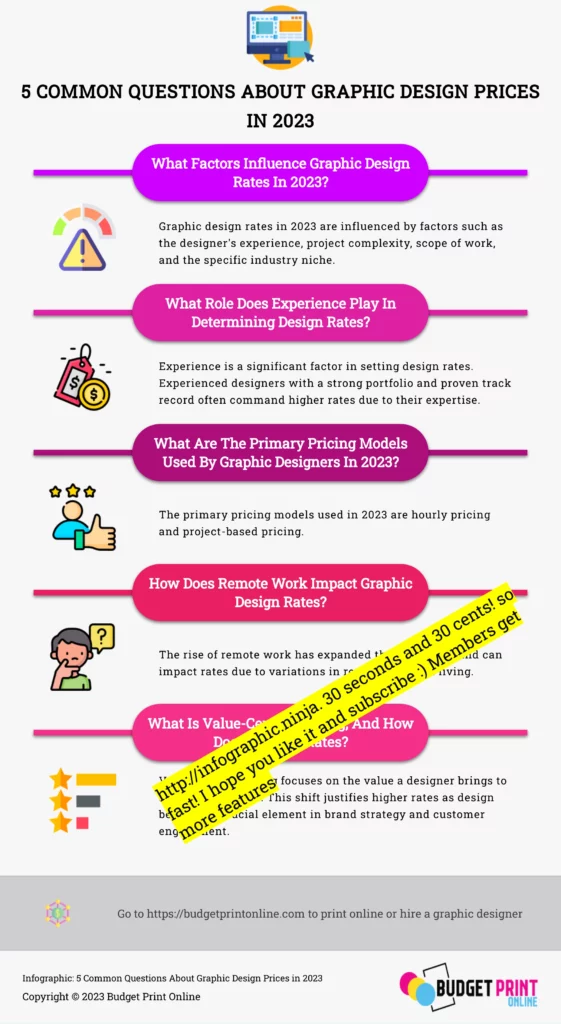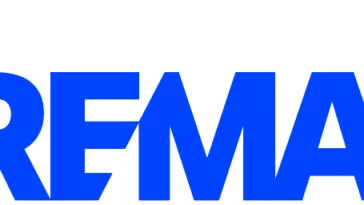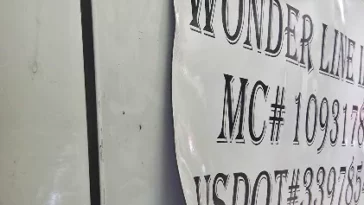Logo design (approximately 15 hours)
- Low end: $375
- Mid-range: $675
- High-end: $2,250
brochure Tri-fold (approximately 6 hours)
- Low end: $150
- Mid-range: $270
- High-end: $900
Flyer (approximately 3 hours)
- Low end: $75
- Mid-range: $150
- High-end: $450
Postcard (approximately 3 hours)
- Low end: $75
- Mid-range: $150
- High-end: $450
Banner (approximately 2 hours)
- Low end: $50
- Mid-range: $100
- High-end: $300
Business card (approximately 3 hours)
- Low end: $75
- Mid-range: $150
- High-end: $450
Catalog (approximately 32 hours for a 16-page catalog)
- Low end: $800
- Mid-range: $1,600
- High-end: $4,800
Website Development (approx. 120 hours)
- Low end: $3,000
- Mid-range: $8,000
- High-end: $16,000
Commons Questions & Answers About Price Of Graphic Design in 2023
Q1: What factors influence graphic design rates in 2023? A1: Graphic design rates in 2023 are influenced by factors such as the designer’s experience, project complexity, scope of work, and the specific industry niche.
Q2: What role does experience play in determining design rates? A2: Experience is a significant factor in setting design rates. Experienced designers with a strong portfolio and proven track record often command higher rates due to their expertise.
Q3: What are the primary pricing models used by graphic designers in 2023? A3: The primary pricing models used in 2023 are hourly pricing and project-based pricing.
Q4: How does remote work impact graphic design rates? A4: The rise of remote work has expanded the talent pool and can impact rates due to variations in regional costs of living.
Q5: What is value-centric pricing, and how does it affect rates? A5: Value-centric pricing focuses on the value a designer brings to a client’s business. This shift justifies higher rates as design becomes a crucial element in brand strategy and customer engagement.
Q6: How does personal branding influence graphic design rates? A6: With the demand for unique personal branding, designers specializing in crafting personalized visual identities can command higher rates due to their specialized expertise.
Q7: What steps should designers take when setting their rates? A7: Designers should self-evaluate, conduct market research, calculate their costs, define their value proposition, and consider offering tiered pricing options.
Q8: How can transparent communication benefit the discussion of rates with clients? A8: Transparent communication fosters trust and prevents misunderstandings. Providing clear project proposals with detailed scope, deliverables, timelines, and cost breakdowns is essential.
Q9: Why is educating clients about the value of design important? A9: Many clients may not understand the complexities of graphic design. Educating them about the value of design, the time required, and its impact on their business helps them appreciate the pricing.
Q10: How can designers collaborate with clients to address budget constraints? A10: Designers can collaborate with clients to find solutions that fit their budget without compromising quality, such as adjusting the project scope or suggesting alternative approaches.
Q11: What role do tiered pricing options play in the graphic design industry? A11: Tiered pricing options allow designers to cater to various client budgets by offering different levels of service, ensuring flexibility while maintaining quality.
Q12: What is the significance of assessing one’s strengths and weaknesses as a designer? A12: Self-assessment helps designers identify their areas of expertise and growth, which contributes to positioning themselves effectively in the market.
Q13: How does project complexity impact graphic design rates? A13: The complexity of a project, including the number of design iterations, research required, and creative concepts, directly influences the final cost.
Q14: How can designers justify higher rates based on their unique value? A14: Designers can justify higher rates by highlighting their expertise in a specific niche, exceptional customer service, or their ability to contribute significantly to a client’s business goals.
Q15: How can designers adapt to the evolving landscape of graphic design rates? A15: Designers can adapt by staying informed about industry trends, consistently upgrading skills, and embracing new pricing strategies that reflect the changing demands and value of their services.
Introduction
Graphic design is a dynamic and ever-evolving field that plays a pivotal role in shaping brands, conveying messages, and engaging audiences. As we step into 2023, the landscape of graphic design rates continues to shift, influenced by market trends, industry demands, and the value that skilled designers bring to the table. Whether you’re a designer looking to set fair rates or a client seeking transparency in pricing, this ultimate guide will navigate you through the intricacies of graphic design rates in 2023.

Is your pricing strategy adequate? If not, what should be the appropriate fee for various project types? Design fees are not fixed and establishing national averages is a challenging endeavor. However, you can obtain a ballpark estimate of the earnings that average designers might secure for typical projects by referring to the subsequent graphic design pricing breakdown. This breakdown is derived from a rough projection of hours invested per project, billed at rates of $25, $45, and $150 per hour.
Understanding the Variables
The process of determining graphic design rates goes beyond simply quoting numbers. Several variables impact pricing, including the designer’s experience, the complexity of the project, the scope of work, and the industry niche. These variables collectively shape the pricing structure in 2023.
Experience and Expertise: Experienced designers who have a robust portfolio and a proven track record typically command higher rates. Clients are often willing to invest more in designers who can demonstrate a deep understanding of design principles and trends.
Project Complexity: A straightforward logo design will differ significantly in price from a comprehensive branding package. The complexity of the project—such as the number of design iterations, research required, and the depth of creative concepts—directly influences the cost.
Scope of Work: Clearly defined project parameters contribute to accurate pricing. Is it a one-off project, or will it involve multiple deliverables over time? A website design, for instance, might include various pages, navigation elements, and responsive design considerations, all impacting the final cost.
Industry Niche: Different industries have varying design needs. Designing for healthcare, technology, fashion, or entertainment demands a nuanced approach, potentially affecting the pricing structure.
Types of Pricing Models
In 2023, graphic designers employ various pricing models to suit their business models and client expectations. The two primary models are hourly and project-based pricing.
Hourly Pricing: Many designers charge by the hour, which takes into account the time spent on design, communication, revisions, and project management. The hourly rate can vary based on the designer’s experience and location. As of 2023, hourly rates can range from $50 to $150 or more.
Project-Based Pricing: Project-based pricing involves estimating the total scope of work and providing a fixed quote for the entire project. This model offers clarity to clients and helps them budget effectively. It’s essential to factor in potential revisions and unforeseen changes to prevent undervaluing your work.
Market Trends in 2023
Graphic design rates are not set in stone; they’re influenced by market trends. Here are some trends shaping the pricing landscape in 2023:
Increased Remote Work: The rise of remote work has expanded the talent pool for both designers and clients. Designers can cater to clients worldwide, potentially affecting rates due to varying regional costs of living.
Value-Centric Pricing: Designers are increasingly focusing on the value they bring to clients’ businesses rather than just delivering visual assets. This shift often justifies higher rates, as design plays a vital role in brand strategy and customer engagement.
Sustainability and Social Impact: Clients are valuing sustainable and socially conscious design solutions. Designers who specialize in eco-friendly or ethical design might command premium rates due to their specialized expertise.
Personal Branding: As individuals and influencers seek unique personal branding, designers who specialize in crafting personalized visual identities are in demand. This niche expertise can lead to higher rates.
Setting Your Graphic Design Rates
As a designer, setting the right rates is crucial for your success and sustainability. Consider the following steps when establishing your rates:
Self-Evaluation: Assess your experience, skills, and portfolio. Be honest about your strengths and areas for improvement. This evaluation will help you position yourself in the market.
Market Research: Research what other designers with similar experience are charging. This will provide a benchmark and help you understand industry standards.
Calculate Your Costs: Consider your business expenses, such as software subscriptions, hardware upgrades, self-education, and overhead. Your rates should cover these costs and allow for a profit margin.
Value Proposition: Define the unique value you offer to clients. Are you an expert in a particular niche? Do you provide exceptional customer service? Highlighting your value can justify higher rates.
Tiered Pricing: Consider offering different pricing tiers to cater to various client budgets. Each tier could include different levels of service, allowing clients to choose what aligns best with their needs.
Communicating with Clients
Transparency and effective communication are essential when discussing rates with clients:
Clear Proposals: Provide detailed project proposals that outline the scope of work, deliverables, timelines, and cost breakdowns. This clarity fosters trust and prevents misunderstandings.
Educate Clients: Many clients might not understand the complexities of graphic design. Educate them on the value of design, the time it takes, and the impact it can have on their business.
Flexible Collaboration: Collaborate with clients to find solutions that fit their budget without compromising on quality. This might involve adjusting the scope or suggesting alternative approaches.
As the graphic design landscape continues to evolve, so do the pricing dynamics. Designers in 2023 are positioned to offer more than just visual assets; they contribute to brand strategy, customer engagement, and business success. Whether you’re a designer or a client, understanding the factors that influence graphic design rates empowers you to make informed decisions. By valuing expertise, embracing market trends, and fostering transparent communication, the design industry can thrive in the ever-changing creative landscape of 2023 and beyond.



